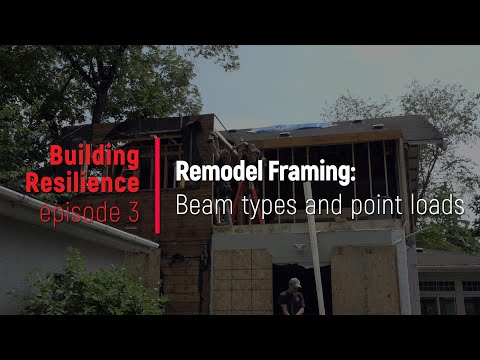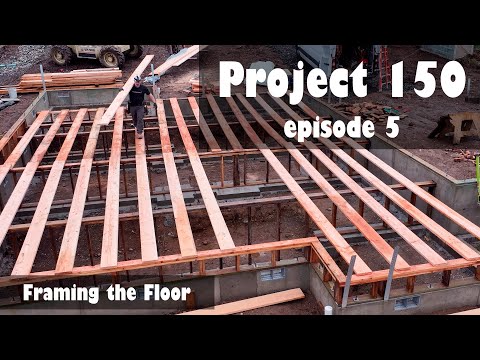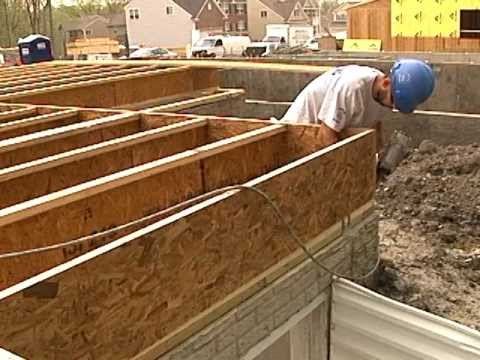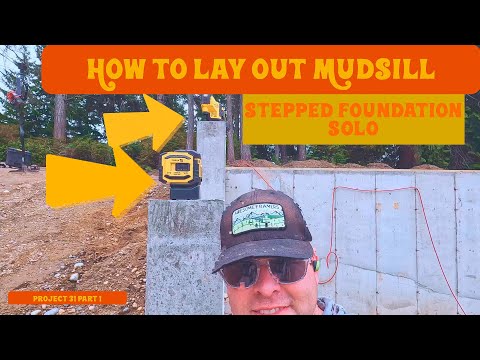Tim Uhler almost always has a great view from his jobsites. I say almost because it seems inevitable that one of them won't be gorgeous, but working out of Puget Sound, it is hard to find a bad view. Another thing that's hard to find in the Pacific NW is a low-seismic activity zone— because of geology.
Geologically, the area is a subduction zone which means that two plates are colliding, and one of them is getting stuffed under the other. Two plates moving is basically where earthquakes come from, and subduction zones are where volcanos come from. But all of that is not why we're here.
Framing hardware ties building assemblies together to resist sideways and upward forces
To minimize damage to houses during an earthquake, engineers specify hardware that ties together floors, walls, and roof assemblies.
"The roof is always going to see a load. Either that load will be transferred through the framing to the ground, or the building will collapse."
One type of structural hardware is metal straps; the length and fastener schedule are usually included in the engineering specs. The strap Tim is using for today's show-and-tell is designed by Simpson. It comes in a long coil and can be cut to length as specified. Even better, it can be fastened with a standard framing nailer.
To simplify the engineering process, Tim asks his engineer always to specify the Simpson strap so that he doesn't have to play mix and match with straps and nails. He just keeps buying gun nails and shooting them into lumber.
To connect a load path, you must trace the load path
The straps must be installed in such a way as to connect the load path, so now he's going to trace some load paths.
In this house, a structural ridge beam is supported by a post, which sits atop an LVL beam, which is supported by a perpendicular LVL beam, which is supported by posts, which are supported by solid blocking below, which transfer the load to the foundation which is basically, part of the ground.
Long sentence, I know.
The gravity loads (straight down from the roof) need to be tied into the sheer walls for wind load, so the engineer specified strap placement for tying in the balloon-framed two-story living room walls. Horizontal straps provide sideways resistance to movement, but because earthquakes can also move a building up and down in addition to sideways, there are also vertical straps tying the posts to the beams.
When installing these structural straps, Tim begins in the center and moves outward to avoid any bubbles in the strap. He moves slowly and speeds up the footage to make it look like he works fast.











